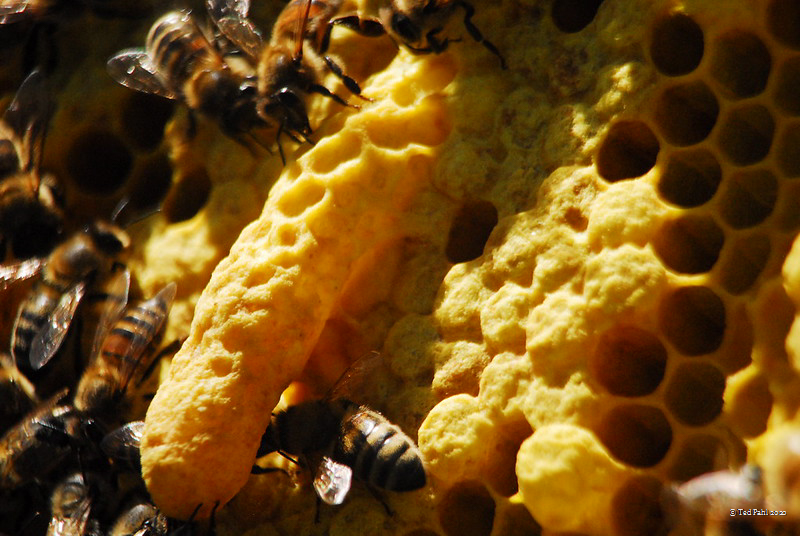
Springtime Buzz: Essential Beekeeping Tasks for Front Range Colorado Beekeepers
As nature awakens with the vibrant colors of spring, beekeepers on the Front Range in Colorado eagerly prepare for the bustling season ahead. With the warming temperatures and blooming flowers, honeybee colonies enter a period of rapid growth and activity, requiring careful attention and management from their keepers. In this guide, we’ll explore the essential tasks that beekeepers should undertake in April and May to ensure the health and vitality of their hives. From hive inspections to swarm prevention and disease management, these proactive measures will help beekeepers navigate the challenges and opportunities of springtime beekeeping in the unique environment of the Front Range.
- Hive Inspections: Perform regular inspections of your hives to check for signs of disease, pests, and the overall health of the colony. Look for the presence of a laying queen, brood patterns, and the amount of stored honey and pollen.
- Varroa Mite Monitoring and Treatment: Monitor varroa mite levels in your hives using various methods such as sticky boards, alcohol washes, or sugar shakes. If mite levels exceed thresholds, implement appropriate treatment methods to control mite infestations.
- Swarm Prevention: Be vigilant for signs of swarming, such as the presence of queen cells or overcrowded hives. Take preventive measures such as adding space to the hive or performing splits to reduce the likelihood of swarming.
- Feeding: Ensure that your colonies have an adequate food supply during the spring buildup. Monitor nectar flow and consider supplemental feeding with sugar syrup or pollen patties if necessary, especially during periods of inclement weather or nectar dearth.
- Hive Management: Manage hive configurations by adding or removing supers as needed to accommodate colony growth and honey production. Ensure that hives are well-ventilated and provide adequate shade during hot weather.
- Queen Management: Evaluate the performance of your queens and consider requeening if necessary. Introduce new queens or queen cells to replace underperforming or aging queens to maintain colony vigor and productivity.
- Disease Prevention and Management: Monitor hives for signs of common diseases such as American foulbrood, European foulbrood, and chalkbrood. Take appropriate measures for disease prevention, such as maintaining hive hygiene, practicing good apiary management, and treating infected colonies when necessary.
- Equipment Maintenance: Inspect and maintain beekeeping equipment such as hive boxes, frames, and protective gear. Repair or replace damaged equipment and ensure that it is clean and in good working condition.
- Record Keeping: Keep detailed records of hive inspections, treatments, and observations. This information will help you track the progress of your colonies and make informed management decisions throughout the season.
- Continuing Education: Stay informed about the latest beekeeping practices, research, and regulations relevant to your area. Attend beekeeping workshops, seminars, and conferences, and connect us at our monthly meetings!
By staying proactive and attentive to the needs of your colonies, you can help ensure their health and productivity throughout the spring months on the Front Range in Colorado.
